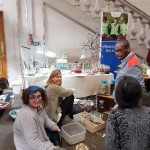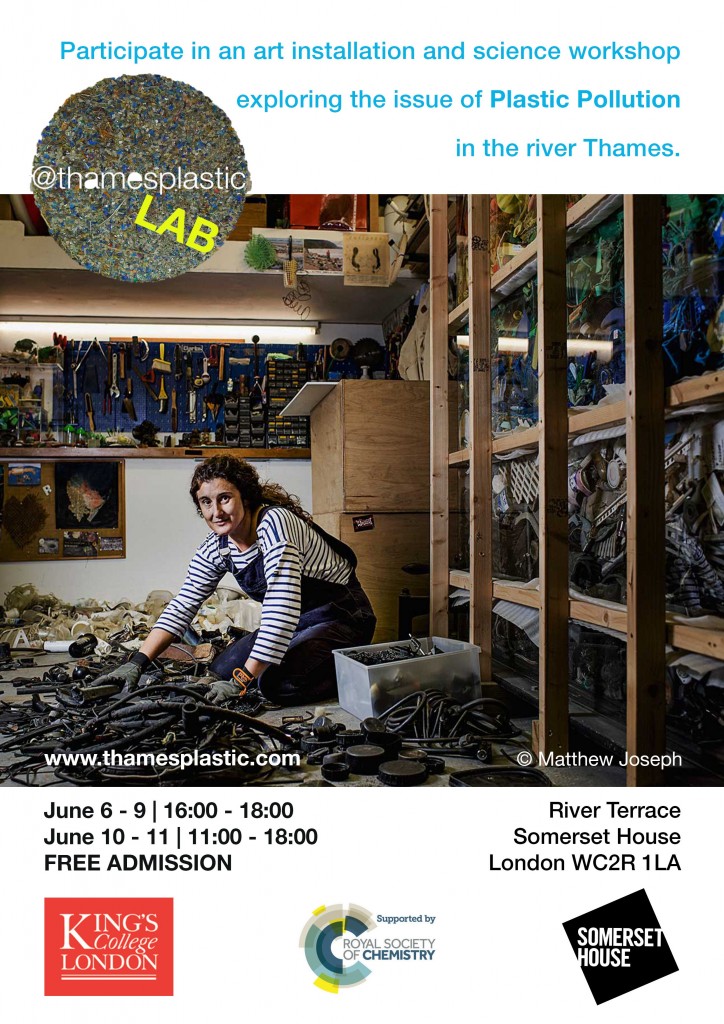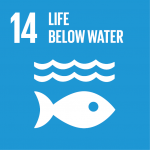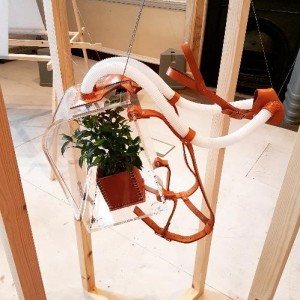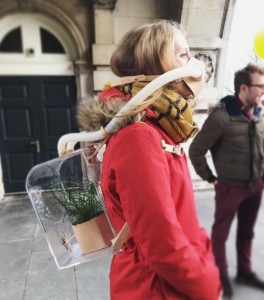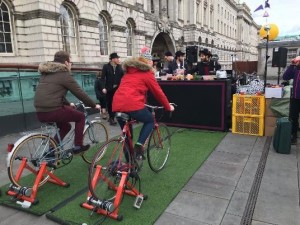Today is the first day of the Totally Thames Festival, which means Maria Arceo’s artwork “Future Dust” is now open to the public!
Over the last year, King’s artist in residence Maria Arceo has collected plastic from the banks of the Thames. The project was supported by the King’s departments of Geography, Chemistry as well as the Cultural Institute. Maria is passionate about archaeology and oceanography, and interested in the footprints humanity leaves on aquatic environments. Plastic is one of these modern footprints, with countless reports on the amount of plastic debris that ends up in the planet’s oceans.
As campaigns such as ZSL’s #OneLess, and Hubbub’s For Fish’s Sake London highlight, London is a city closely linked to the sea. Waste in the tidal Thames will eventually end up in the oceans, and after breaking down into microplastics plastic might end up back on our plates.
With her Thames Plastic project, Maria wants to show Londoners the real magnitude of plastic debris entering the Thames. Since September 2016, she has done over 40 beach clean-ups all over London. Some King’s students and staff joined her for a clean-up during Sustainability Week, and picked up a complete computer keyboard in the mud between Millennium Bridge and Southwark Bridge. After the beach clean-ups, the workshops to clean and sort the plastic in May and June provided a perfect opportunity to look at the curiosities Maria and her team of volunteers found in the Thames (some photos of her Somerset House workshop can be found here).
Now complete, the “Future Dust” installation is a giant human footprint, entirely made from plastic from the Thames. Starting today, the piece will travel along the Thames for the rest of the month. It is currently near Guy’s Campus, in Potters Field Park outside City Hall, SE1 2AA. Next, it will move closer to Strand and Waterloo campuses – it will be the Oxo Tower Courtyard (SE1 9PH) from Sunday the 3rd to Wednesday the 6th September. Details of all locations can be found on the poster below, or on the Thames Plastic website.
Over the last year, Maria Arceo collected #plastic from the Thames. From tomorrow, you can see the artwork she made from it! #thamesplastic pic.twitter.com/VGQUBWe1tj
— Kings Sustainability (@KCLSustainable) August 31, 2017

